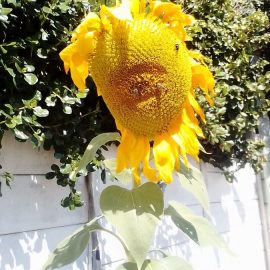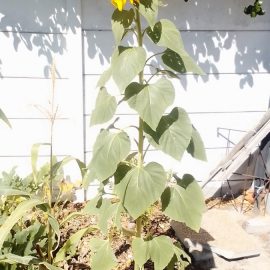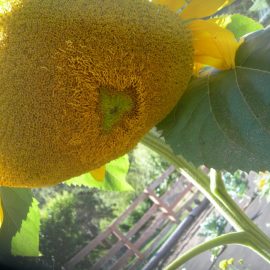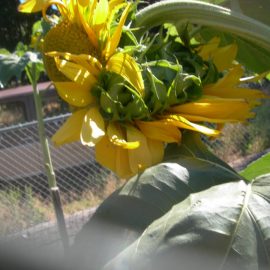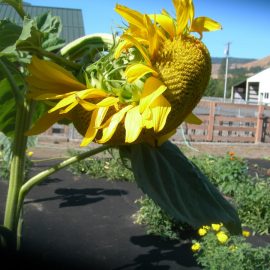White mold (Sclerotinia sclerotiorum) – identify and control
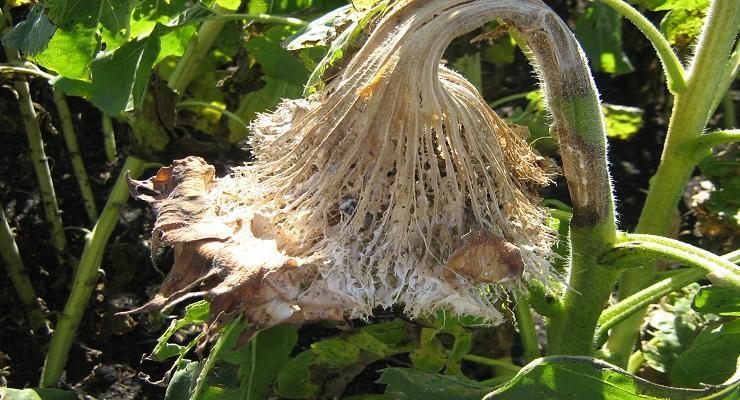
White mold is one of the most widespread and damaging to sunflower crops, with losses of 60-90% of production in some countries. Among the most frequently attacked species are beet, soybean, alfalfa, carrot, celery, parsley, etc.
Symptom. The disease occurs at all stages of sunflower development. In young plants, browning and rotting of the stem base are observed. Plants attacked at this stage stop growing, fall to the ground and die.
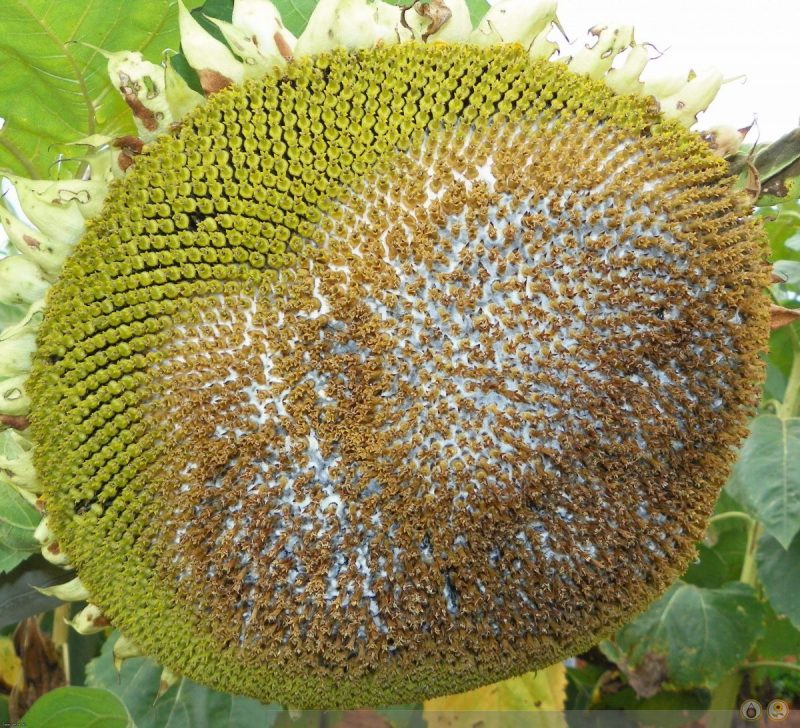
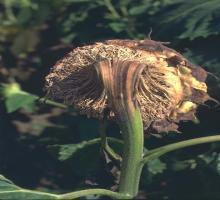
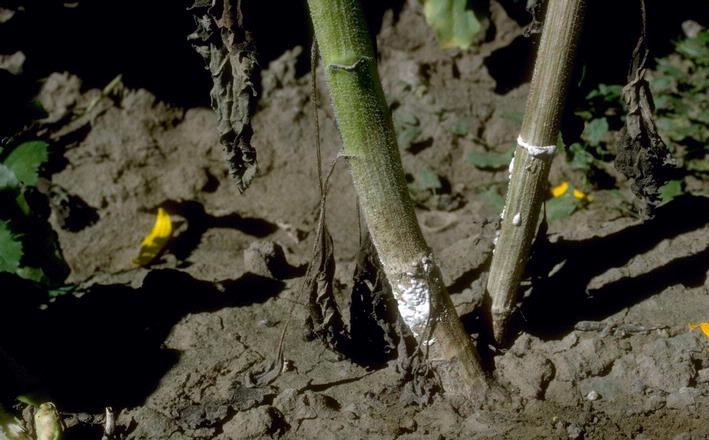
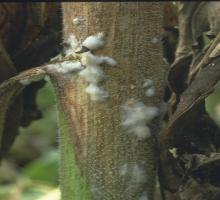
When plants are infected later, around flowering, the attack is located at the base of the stems, in the root ball region, and on the roots, which causes the plants to wilt.
Large portions of tissue appear opaque and are covered in wet weather with a thick, white, cottony-like layer. This layer represents the mycelium of the fungus. Both on the surface of the stem and in the pith, sclerotia can be seen on the surface of the mycelium.
On the leaves, starting from the base of the leaf, there is an alteration and discoloration of the tissues, including the petiole.
The attack on the capitulum starts after its complete development. Brown pigmentation of the tissues appears on the underside, which rots. On the upper, fertile part, abundant white mycelium develops, which changes quite quickly into black sclerotia of various shapes and sizes, generally smaller than those on the stems.
White mold transmission from one year to the next is through sclerotia or mycelium from infected stems and seeds. Sclerotia can retain their germination capacity in the soil for 6-8 years.
During vegetation, the fungus spreads through the dried and flaky mycelium. It can be carried by air currents, insects, birds. Once on healthy plants, under favorable humidity and temperature conditions, the mycelium becomes active and produces new infections. Mycelium in the soil can also pass from one plant to another.
Infection occurs by mycelium penetration through stomata, wounds, or active tearing of plant tissues.
Prophylaxis. As a preventive measure, crop rotation, avoiding excess moisture, deep autumn plowing, cultivation of resistant varieties and hybrids are recommended.
Chemical treatments with specific fungicides are applied during vegetation.
Recommended products
-
You can find products on a different store
Change Store -
You can find products on a different store
Change Store -
You can find products on a different store
Change Store -
You can find products on a different store
Change Store -
You can find products on a different store
Change Store -
You can find products on a different store
Change Store -
You can find products on a different store
Change Store -
You can find products on a different store
Change Store -
You can find products on a different store
Change Store -
You can find products on a different store
Change Store -
You can find products on a different store
Change Store -
You can find products on a different store
Change Store -
You can find products on a different store
Change Store -
You can find products on a different store
Change Store -
You can find products on a different store
Change Store -
You can find products on a different store
Change Store -
You can find products on a different store
Change Store -
You can find products on a different store
Change Store -
You can find products on a different store
Change Store -
You can find products on a different store
Change Store -
You can find products on a different store
Change Store -
You can find products on a different store
Change Store -
You can find products on a different store
Change Store -
You can find products on a different store
Change Store














































































































































































































































































































































































































































